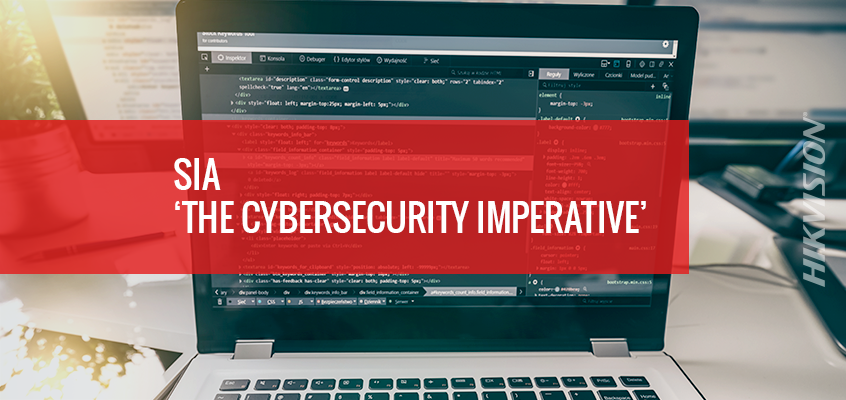SIA Releases New Benchmarking Study ‘The Cybersecurity Imperative,’ Collaboration with Wall Street Journal
Hikvision’s Cybersecurity Blog Series Offers Resources for Partners and Employees
The Security Industry Association (SIA) has released The Cybersecurity Imperative, a new benchmarking study produced in partnership with the Wall Street Journal (WSJ) and ESI Thoughtlab, which provides insight into the current and future cybersecurity landscape, according to an article in Security Systems News (SSN).
The research uncovered that cyber risks increase as companies embrace new technologies, and if cybersecurity practices don’t keep up with an organization’s digital transformation, cyberattacks can cost up to $1 million or more.
“Companies need to make sure that their cybersecurity programs keep pace with their digital transformation effort. Cybersecurity should not be an afterthought. It needs to be integrated into the fabric of an organization’s growth strategy,” said Lou Celi, CEO of ESI ThoughtLab and director of the study, in the SSN article.
Leading 2018 cyber threat vectors from the study include malware, phishing, ransomware, viruses, and attacks from apps. The report predicts that by the year 2020, we will see increases in the following four key cyber threat vectors:
- More than 240 percent increase in attacks through partners, customers and vendors
- More than 140 percent increase in supply chains
- More than 140 percent growth in denial of service
- More than 80 percent growth in each: apps and embedded systems
Eighty-seven percent of companies surveyed believe that the greatest threat to cybersecurity is untrained staff. Fifty-seven percent believe their primary vulnerability is sharing data with vendors and partners, according to the report.
Click here to read the SSN article. Click this link for more at SIA online about the joint study with the WSJ Pro Cybersecurity and ESI Thoughtlab.
Hikvision’s cybersecurity blog series outlines best practices to create complex passwords, identify phishing attacks, prevent malware and provides resources to help employees and partners improve their cybersecurity. The most recent blog in honor of Cybersecurity Awareness Month is by Hikvision’s director of cybersecurity, Chuck Davis, and offers ways to protect yourself online with web browser security tips, password and operating system security insights. Click this link to read the blog, “Protecting Yourself Online.”

